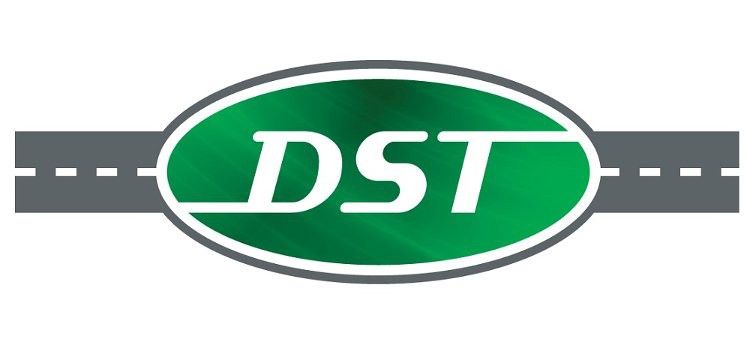This training is all for safety; it’s not teaching them how to drive, but how to stay safe while they drive.
Unsafe driving is a staple of today’s world. Think back through the last month: how many times can you recall seeing some clown, most likely talking on his/her cell phone, break every traffic rule in creation? The most common answer is so many times.
Changing natural human behavior isn’t easy. If you’re a bad driver — and there are many of you out there — altering terrible driving habits doesn’t happen overnight. Lucky for you, there’s a Utah-based startup who has your back.
Driving Safety Training values one thing and one thing only: using their online and simulation-based courses to positively shape the driving tendencies of today’s drivers.
“At DST, what we do is provide training to reduce the severity and frequency of collisions on the road,” DST CEO Ted Paulsen told Beehive Startups in a recent interview. “We service primarily three industries: the emergency driver market — police, fire, and ambulance; fleets, anywhere from trucks to a corporate fleet; and then team drivers. This training is all for safety; it’s not teaching them how to drive, but how to stay safe while they drive.”
Teaching people how to drive safely is easier said than done. DST has online courses — five separate modules that take about 30 minutes apiece to complete — focused on training safe drivers. Let’s say you’re a police officer looking to maximize safe driving skills and train your body on a basic, reactionary level. All you do is login, complete the modules, and enjoy the results.
“We focus on intersection negotiation for the police course, because that’s where the majority of accidents happen,” Paulsen said. “So what you do on the course, you go in and it would talk about intersection approach, that would be the first module: what speed do you approach the intersection at, what lane is optimal to be in to be seen, where do you clear first? Police officers kill more people with their cars than their guns, and more police officers are killed on the road than are killed with guns.”
With clientele including the Houston Fire Department, Safety National, and an ever-expanding number of Utah high school drivers ed programs, DST’s training is applicable to everyone ranging from law enforcement officers to pimple-faced teens. And their version of online/simulation training is much more efficient than the usual pen-and-paper method.
“Our real competitive advantage is we’ve developed all our courses on driving simulators, so that allows us to capture analytics to create really good driving safety courses,” Paulsen said. “Then we’ve taken what we’ve developed on the simulators and put it online, preserving interactivity which is the key to good training. You need to have people make good decisions to train good behavior. On our online stuff, we have users interact with training throughout the courses, just in order to try and train this behavior. That’s why we’ve had real good success with our customers.”
We all like to think we’d react effectively in tight situations. I’m convinced if I had to sink a putt to win the Masters, I’d put it right in the heart — in all likelihood, I would be a trainwreck of nerves and probably miss the ball. Until you’re actually under that pressure, you never truly know.
That’s why DST is important — effective safe driving starts well before you get behind the wheel, it starts the moment you begin to shape your responses via training. Weed out bad behavior, weed out bad drivers, everybody wins.
“We have simulation training and we’ve integrated head-tracking software, so that we can actually track the motion of their head so we can give them a dynamic view when they look in their mirrors, which has never been done before in the industry,” Paulsen said. “So we’ve got customers who we’ve worked with for quite awhile that are very interested in taking on our simulator. Our online stuff really complements what we do in a simulator, or it replaces it if they don’t have the budget. If we actually have them on a simulator we can predict their behavior under stress, which is very valuable to train out bad behavior or, in some cases, not even allow them to get behind the wheel.”
Looking to expand their reach and vision, DST recently went through the Boom Startup accelerator program, taking advantage of the numerous people and resources at their disposal. Because effective training doesn’t just apply to drivers.
“That’s one of the main reasons I wanted to go through Boom, to have access to mentors and people who could help refine some of the stuff we were looking at — where we’re going, what we’re doing,” Paulsen said. “And that happened very nicely. We’re still working with folks up there, which has been great. Overall, I thought the program was fantastic.”
Published 3/6/2015




